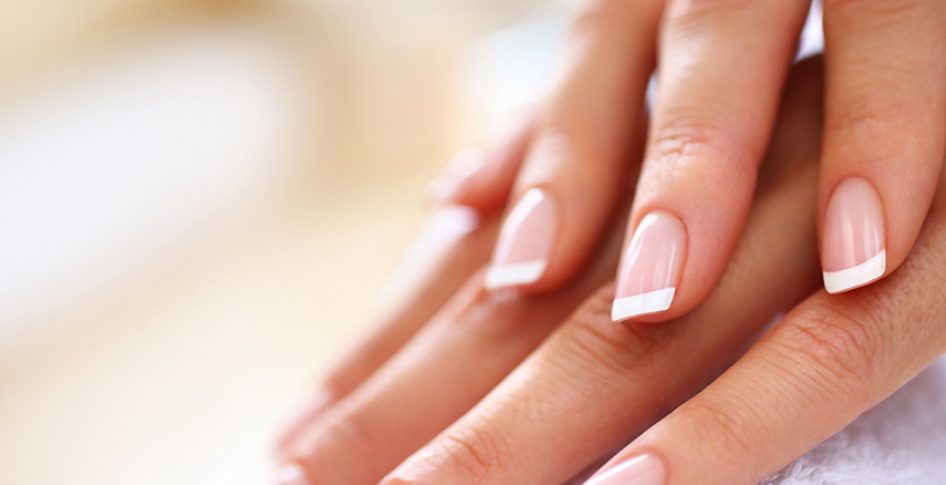Are Acrylic Nails and Gel Manicures Safe?

Going for a manicure/pedicure is one of life’s little treats. Like many other treats there are upsides and downsides, and you want to be on the upside. Here are some more questions cosmetic dermatologists are asked every day about various cosmetic problems of nails, safety and side effects of acrylic nails and gel manicures.
Going for a manicure/pedicure is one of life’s little treats. Like many other treats there are upsides and downsides, and you want to be on the upside. Here are some more questions cosmetic dermatologists are asked every day about various cosmetic problems of nails, the pros and cons, safety and side effects of acrylic nails and gel manicures.
Q. I like long nails. What about acrylics?
A. There are two types of artificial nails. Artificial “acrylic” nails are made of preformed plastic glued onto the nail with ethyl cyanoacrylate. They are popular as a way of achieving uniformly longer nails with an acrylic polish that wears well. Sculptured nails are applied using methacrylic acid primer, followed by liquid ethyl methacrylate and powder polymethyl methacrylate cured with benzoyl peroxide, which then hardens directly onto the nail.
Unfortunately, allergic reaction to the acrylics are fairly common, with itching, rash and crusting around the cuticles, fingertips and even on the face and eyelids. They can cause separation of the nail plate from the bed, inflamed cuticles, and numbness or tingling of the fingertips. Nail splitting, thinning and dryness occur after removal of artificial nails.
Fungal and bacterial infections are common. Because the strength of the bond between the acrylic and the nail plate is stronger than the nail plate to the nail bed, when they catch on something, the natural nail and acrylic nail rip away from the nail bed.
Sounds like a “no” to me.
Q. Are the new gel manicures safe?
A. Gel manicures, or shellac manicures have become very popular, as they are longwearing, chip-resistant, fade-resistant, and wonderfully smooth. A semiliquid, pigmented gel polymer is applied to the nail in three layers, each followed by exposure to a UV light. They are much less damaging than preformed acrylics or sculptured nails but do cause some thinning and cracking of the nail plate with continued use or if the shellac is peeled off, and can cause allergic dermatitis. If you take medication that makes you sensitive to light, the nail plate can lift off from the nail bed. There are concerns about the risk of skin cancer or eye damage with repeated exposure to the UV light.
However, for most women the side effects are relatively minor and temporary. If you discontinue having gel manicures, the nail will be thinner and more fragile until it grows out. And they do look great.
Q. Are nail salons safe?
A. Nail salons are as safe as you make them. Sterilization of instruments between customers is essential to prevent transmission of fungal, bacterial and viral (warts) infections. Pedicure basins should be drained, cleaned, dried and disinfected between each customer, and filters changed often. Ask the nail tech to reduce cutting of the cuticle, which allows an entry point for infection.
Unfortunately, sterilization of instruments should be medical grade, which is time consuming and expensive, and may not be done. Buy and bring your own personal nail instruments, including cuticle nippers, nail files, foam blocks and callus removing files. Yes, it is a hassle. However, remember, they are cutting into your tissue and abrading your skin with instruments used on other people. Just like we do in dermatology clinic. That changes your perspective and makes it seem worth the effort.